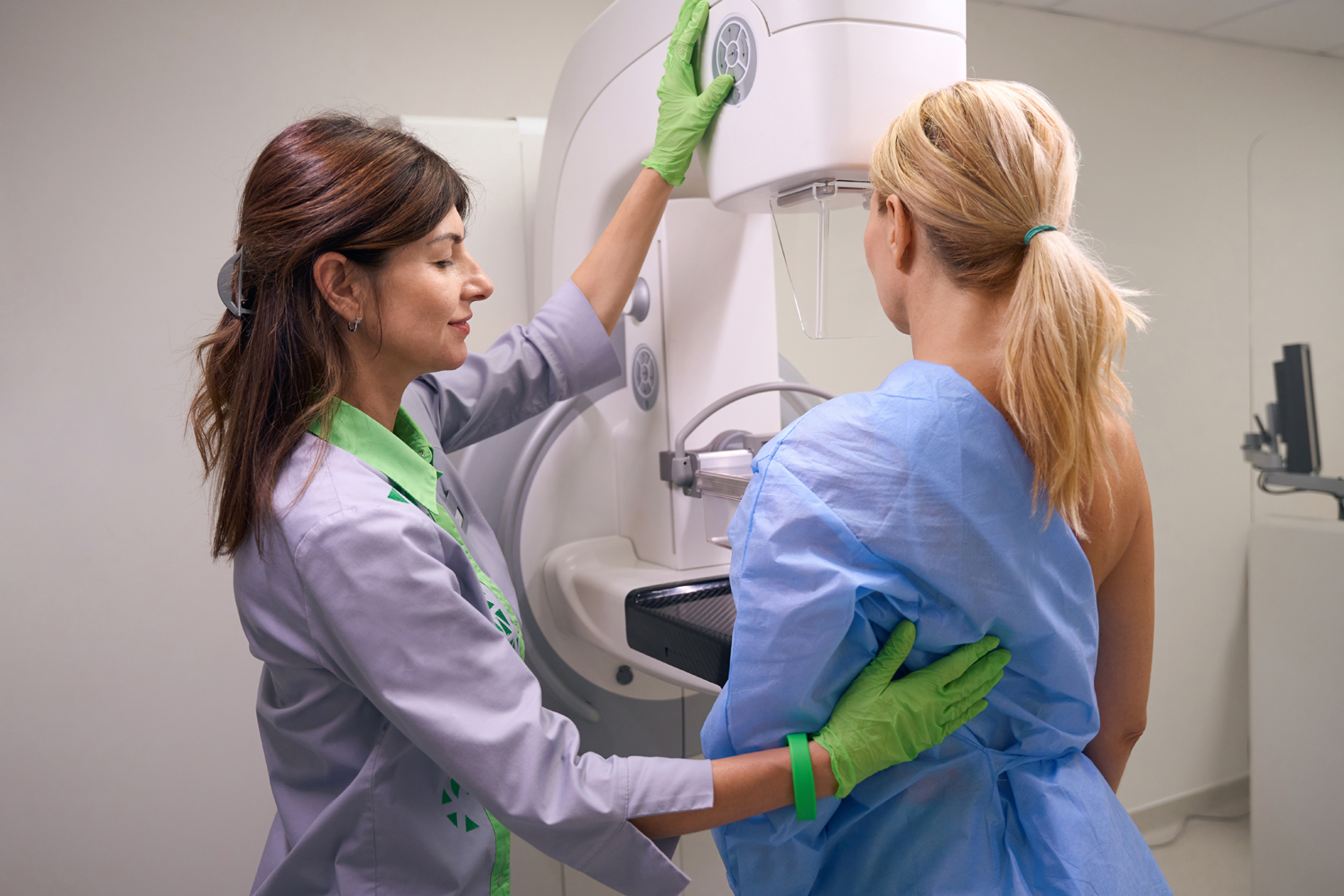Every week, the editors of Cancer Today magazine bring you the top news for cancer patients from around the internet. Stay up to date with the latest in cancer research and care by subscribing to our e-newsletter.
Educating Women About Mammography’s Pros and Cons
A study published online July 16 in Annals of Internal Medicine indicates that teaching women in their 40s about the positives and negatives of mammograms leads to more women choosing to delay screening for breast cancer until they turn 50. In a survey of 495 U.S. women between ages 39 and 49, 8.5% initially elected to delay mammography until they reach 50, but that grew to 18% after they learned of the procedure’s pros and cons. Among the downsides of mammography is overdiagnosis, which can lead to unnecessary treatment for women with slow-growing tumors unlikely to cause harm. “I think most people are completely unaware of the risks associated with screening because we’ve had 30, 40 years of a public health messaging campaign: ‘Go out and get your mammogram, and everything will be fine,’” said breast surgeon Laura Esserman, director of the University of California, San Francisco Breast Care Center, who was not involved in the study, to NPR. Screening guidelines have varied over the years. From 1996 to 2002, the U.S. Preventive Services Task Force (USPSTF) recommended that screening begin at 50, while last year’s USPSTF guideline said that women between 40 and 74 should be screened every other year. “In an ideal world, all women would get this information and then get to have their further questions answered by their doctor and come up with a screening plan that is right for them given their preferences, their values and their risk level,” said the study’s lead author, social psychologist Laura Scherer of the University of Colorado School of Medicine in Aurora, in the NPR article. More than 300,000 women will be diagnosed with breast cancer and 42,250 will die of the disease this year, the National Cancer Institute estimates.
New Understanding of Pancreatic Cancer Could Expand Treatment Options
Researchers have found that pancreatic cancer can cause a beneficial gene called HNF4A to switch off, allowing tumors to grow rapidly. The HNF4A gene helps many of the body’s organs to function correctly. “Loss of HNF4A drives pancreatic cancer development and aggressiveness, and we now know [that] correlates with poor patient survival,” said Maria Hatziapostolou, a researcher at John van Geest Cancer Research Centre at Nottingham Trent University in England, in a Guardian story. Hatziapostolou is a coauthor of the study, published earlier this year in Gastro Hep Advances. Pancreatic cancer makes up only 3.3% of cancer cases in the U.S. but leads to 8.5% of cancer deaths, according to the National Cancer Institute (NCI). The five-year relative survival rate is 12.8%, the NCI reports. Pancreatic cancer is often diagnosed at a late stage when effective treatment is not possible. “This work, which has provided new understanding and knowledge of how the cancer behaves, will hopefully help pave the way for potential new treatment in the future,” said Hatziapostolou of the study.
New Data Quantifies Alcohol’s Role in Causing Cancer
It’s been long known that alcohol use can cause cancer, but a study published online July 11 in CA: A Cancer Journal for Clinicians offers numbers to support the claim. The findings about alcohol were part of a wider-ranging study that found 40% of U.S. cancer cases in 2019 in people 30 and older were due to modifiable factors, the top three being smoking, excess body weight and drinking alcohol. In a single year, more than 24,000 cancer deaths and nearly 97,000 cancer cases, about 5% of all cancer cases, were attributable to alcohol consumption, the study found. Alcohol use is associated with seven cancers: those of the oral cavity, pharynx (throat), larynx, colorectum and female breast, as well as hepatocellular carcinoma in the liver and squamous cell carcinoma in the esophagus. Breast cancer has strong links to alcohol, with about 44,000 breast cancer cases in 2019, or 16%, attributable to alcohol use. Oral cavity and pharynx cancer have the highest shares of deaths caused by alcohol use, 40% and 38%, respectively. “The increased risk is because of the alcohol in alcoholic beverages, not the type of beverage,” said study lead author Farhad Islami, senior scientific director of cancer disparity research at the American Cancer Society, which funded the research, in an article in STAT. Beer, wine, hard seltzer and hard liquor all are linked to cancer, with higher consumption leading to a higher cancer risk, according to research.
Cancer Today magazine is free to cancer patients, survivors and caregivers who live in the U.S. Subscribe here to receive four issues per year.





